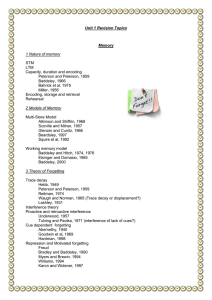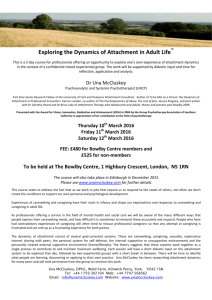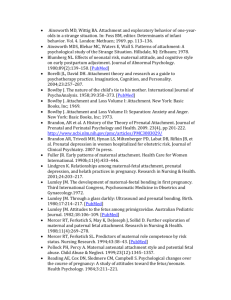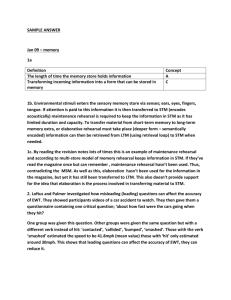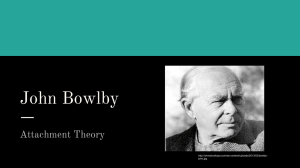Skin-to-skin brings latest neuroscience into
advertisement
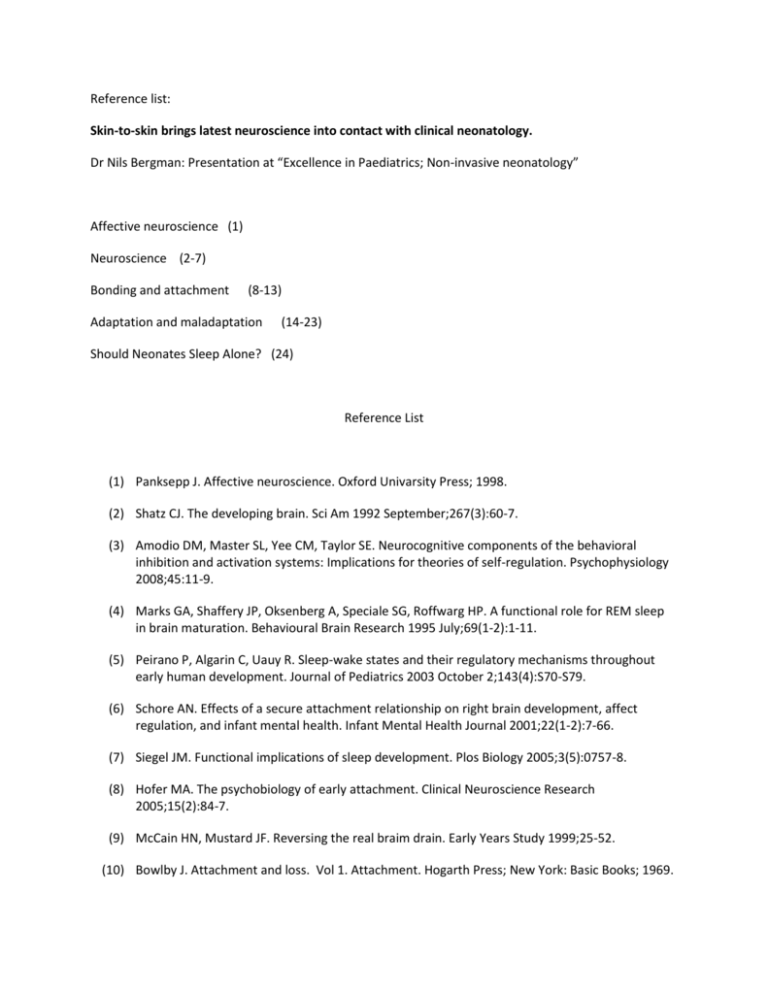
Reference list: Skin-to-skin brings latest neuroscience into contact with clinical neonatology. Dr Nils Bergman: Presentation at “Excellence in Paediatrics; Non-invasive neonatology” Affective neuroscience (1) Neuroscience (2-7) Bonding and attachment (8-13) Adaptation and maladaptation (14-23) Should Neonates Sleep Alone? (24) Reference List (1) Panksepp J. Affective neuroscience. Oxford Univarsity Press; 1998. (2) Shatz CJ. The developing brain. Sci Am 1992 September;267(3):60-7. (3) Amodio DM, Master SL, Yee CM, Taylor SE. Neurocognitive components of the behavioral inhibition and activation systems: Implications for theories of self-regulation. Psychophysiology 2008;45:11-9. (4) Marks GA, Shaffery JP, Oksenberg A, Speciale SG, Roffwarg HP. A functional role for REM sleep in brain maturation. Behavioural Brain Research 1995 July;69(1-2):1-11. (5) Peirano P, Algarin C, Uauy R. Sleep-wake states and their regulatory mechanisms throughout early human development. Journal of Pediatrics 2003 October 2;143(4):S70-S79. (6) Schore AN. Effects of a secure attachment relationship on right brain development, affect regulation, and infant mental health. Infant Mental Health Journal 2001;22(1-2):7-66. (7) Siegel JM. Functional implications of sleep development. Plos Biology 2005;3(5):0757-8. (8) Hofer MA. The psychobiology of early attachment. Clinical Neuroscience Research 2005;15(2):84-7. (9) McCain HN, Mustard JF. Reversing the real braim drain. Early Years Study 1999;25-52. (10) Bowlby J. Attachment and loss. Vol 1. Attachment. Hogarth Press; New York: Basic Books; 1969. (11) Bowlby J. Attachment and Loss. Vol 2. Separation: anxiety & anger. Hogarth Press; New York: Basic Books; 1973. (12) Bowlby J. Attachment and loss. Vol 3 Loss: sadness & depression. Hogarth Press; New York: Basic Books; 1980. (13) S.C.A.H.A.W.(Scienific Committee on Animal Health and Animal Welfare). The welfare of nonhuman primates used in research. European Commission - Health and Consumer Protection Directorate-General; 2002 Dec 17. (14) Barker DJ. In utero programming of chronic disease. Clinical Science 1998 August;95(2):115-28. (15) McEwen BS. Protective and Damaging Effects of Stress Mediators. New England Journal of Medicine 1998 January 15;338(3):171-9. (16) McEwen BS, Seeman T. Protective and damaging effects of mediators of stress. Elaborating and testing the concepts of allostasis and allostatic load. Ann N Y Acad Sci 1999;896:30-47.:30-47. (17) McEwen BS, Gianaros PJ. Stress- and allostasis-induced brain plasticity. Annu Rev Med 2011 February 18;62:431-45.:431-45. (18) Meaney MJ, Szyf M. Maternal care as a model for experience-dependent chromatin plasticity? Trends in Neurosciences 2005;28(9):456-63. (19) Parker KJ, Maestripieri D. Identifying key features of early stressful experiences that produce stress vulnerability and resilience in primates. Neurosci Biobehav Rev 2010 September 17. (20) Shonkoff JP. Building a new biodevelopmental framework to guide the future of early childhood policy. Child Dev 2010 January;81(1):357-67. (21) Shore, R. Rethinking the brain: New insights into early development. 1997. (22) Gluckman P, Hanson M. The Fetal Matrix Evolution, Development and Disease. The Press Syndicate of the University of Cambridge; 2005. (23) National Research Council Institute of medicine. From Neurons to Neighborhoods. Washington DC: National Academy Press; 2000. (24) Morgan BE, Horn AR, Bergman NJ. Should Neonates Sleep Alone? Biol Psychiatry 2011 July 28.


